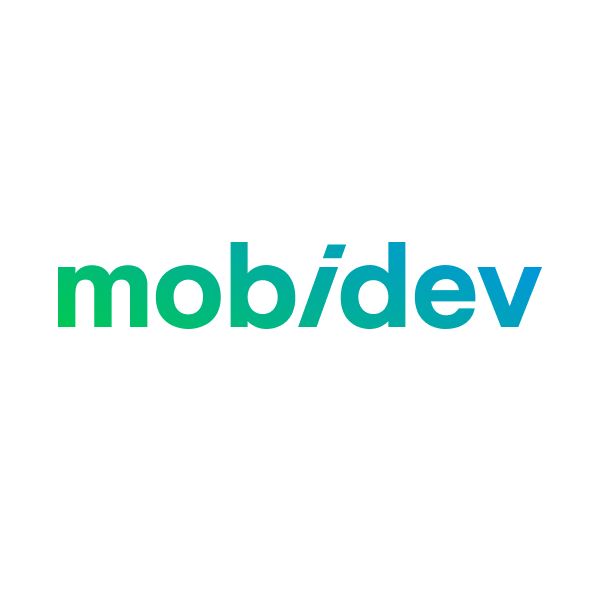406 reads
Ruby on Rails is Not Dead! Here's How to Upgrade Ruby Legacy Applications
by
July 22nd, 2021

Trusted software development company since 2009. Custom DS/ML, AR, IoT solutions https://mobidev.biz
About Author
Trusted software development company since 2009. Custom DS/ML, AR, IoT solutions https://mobidev.biz